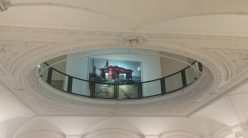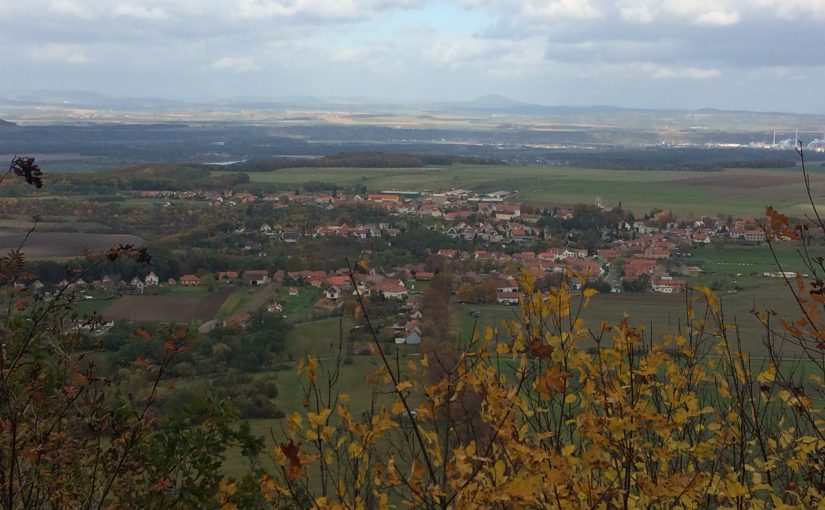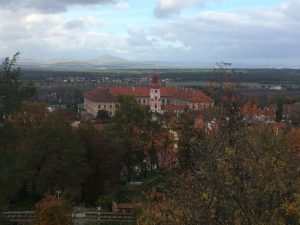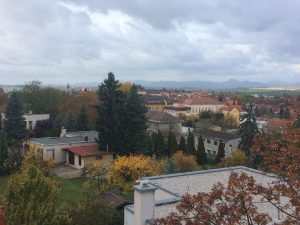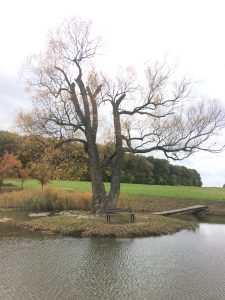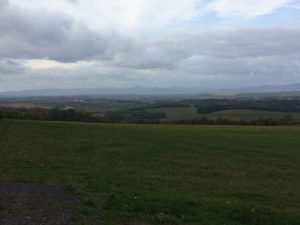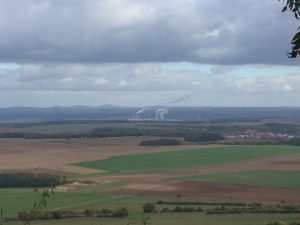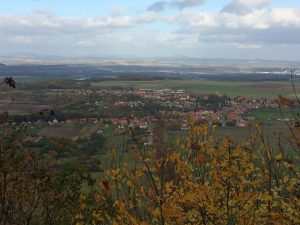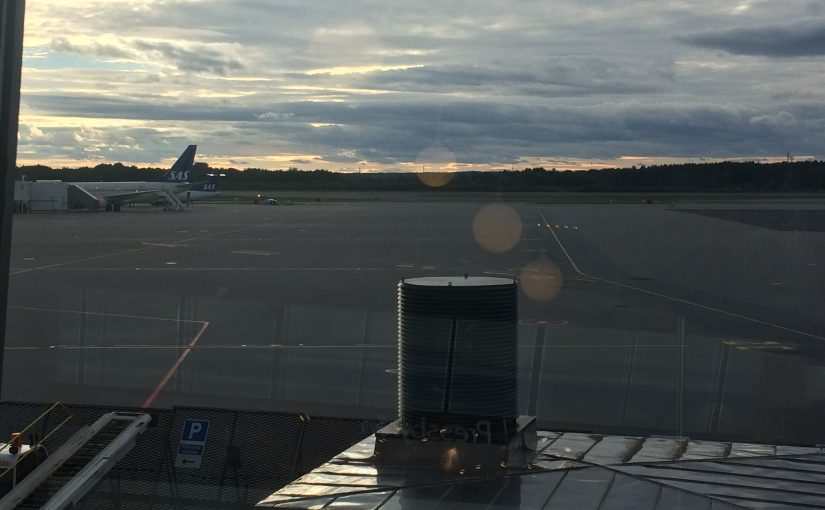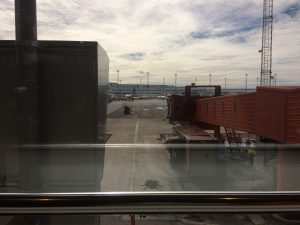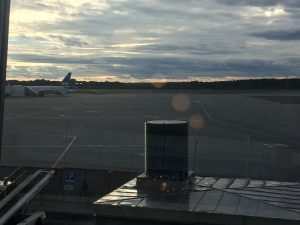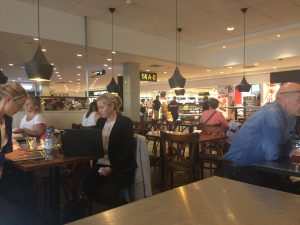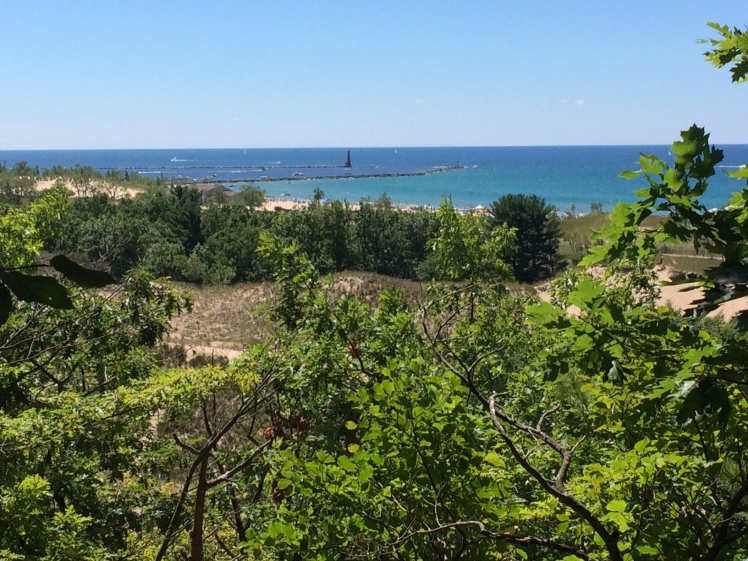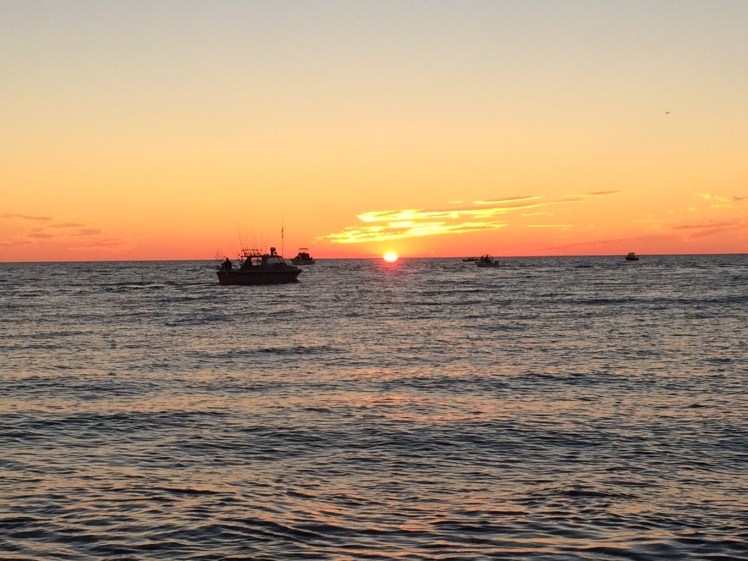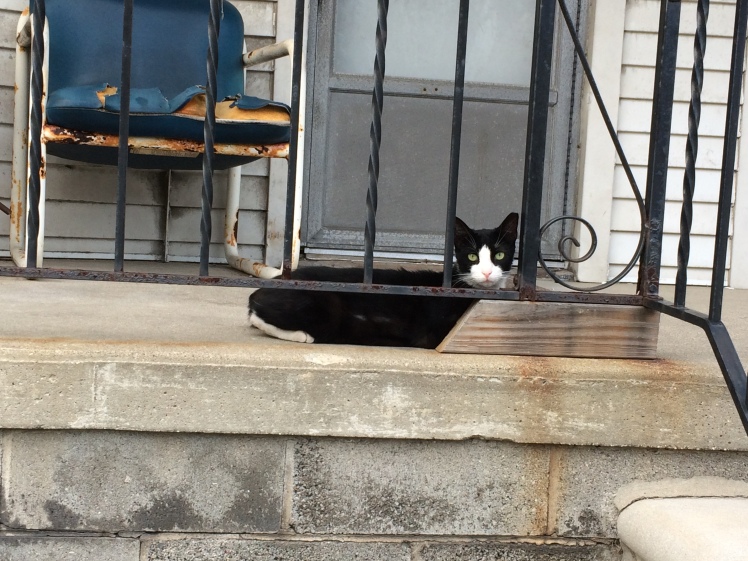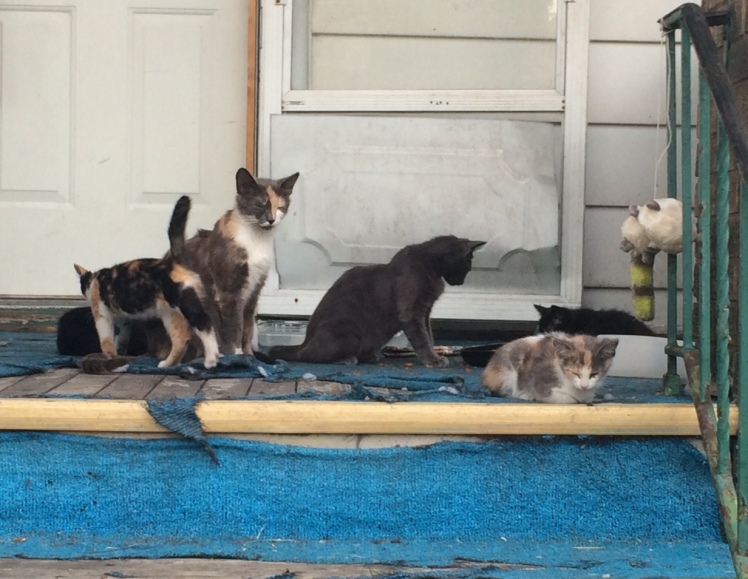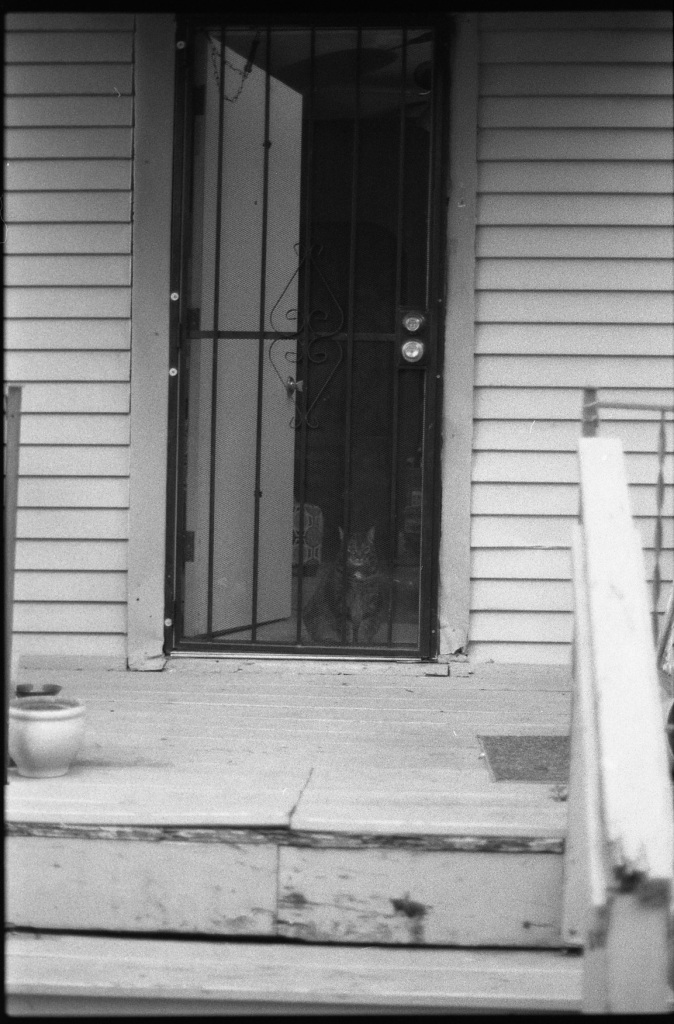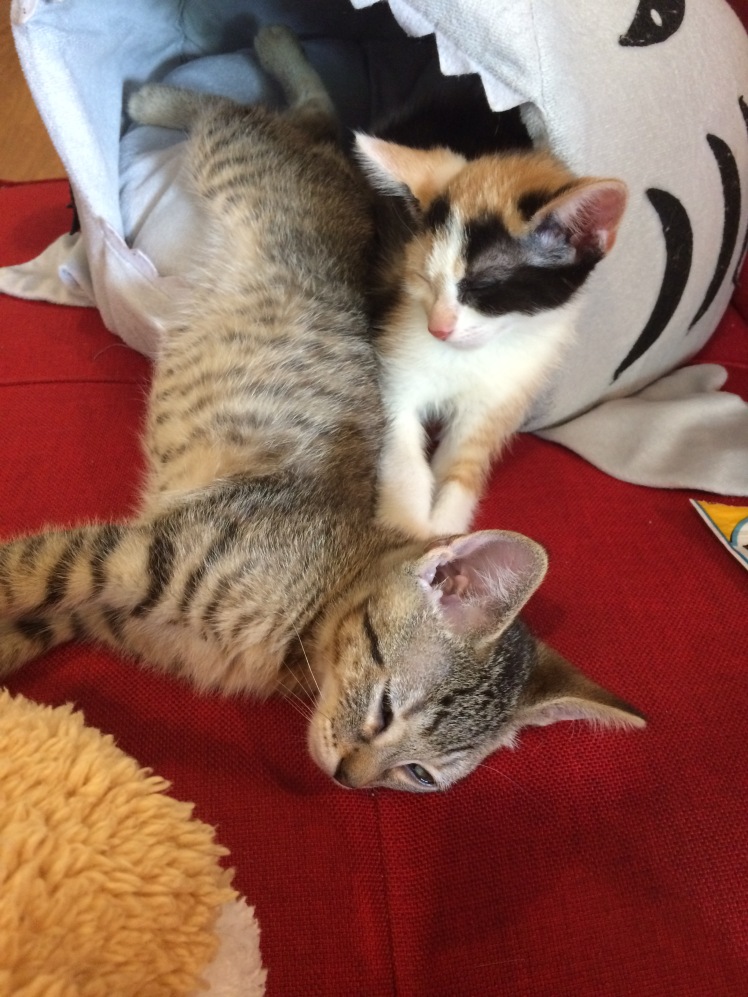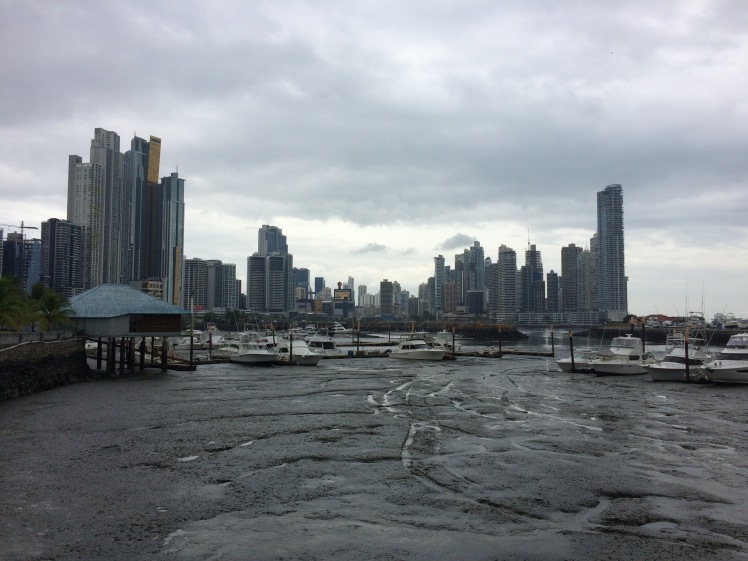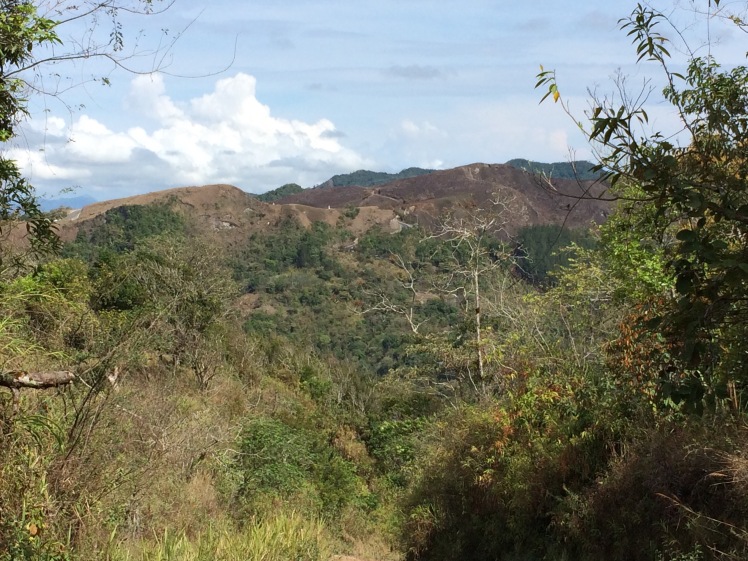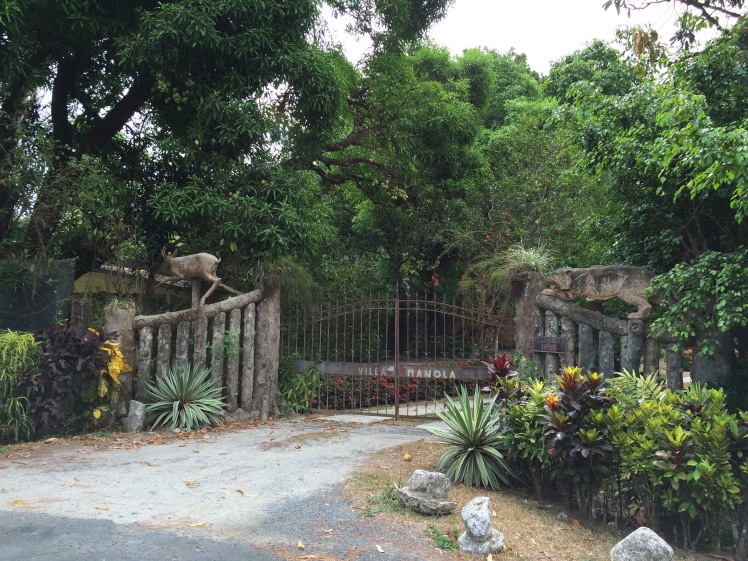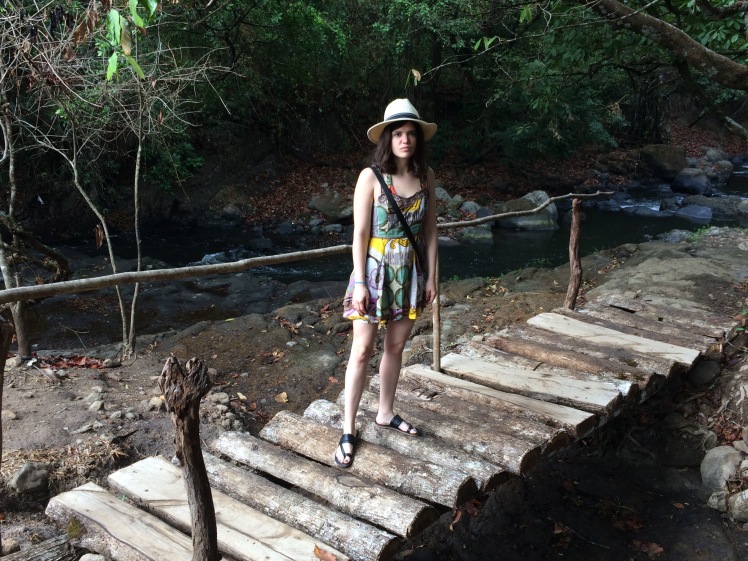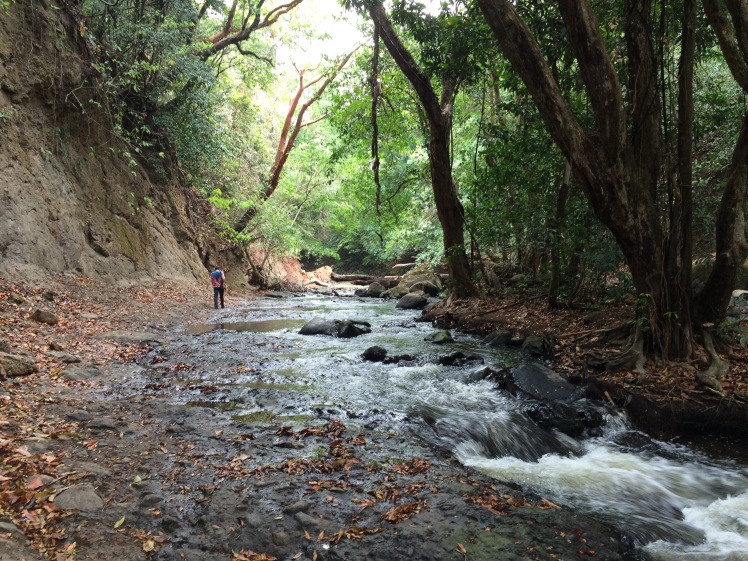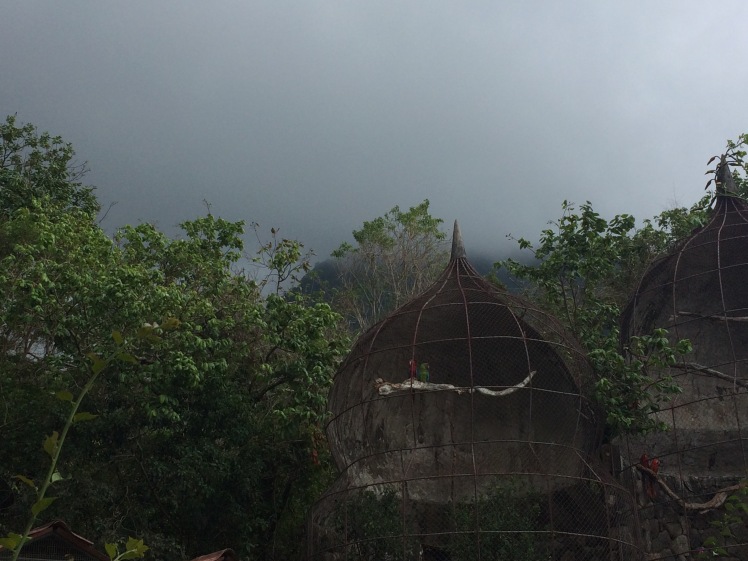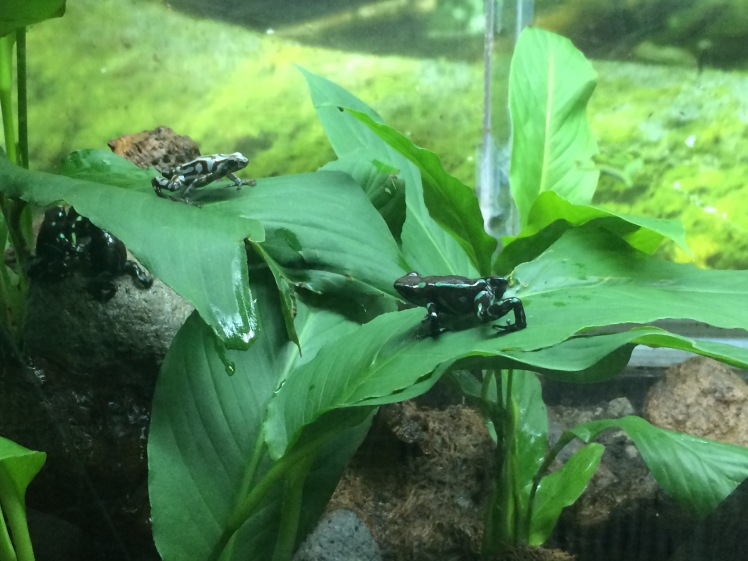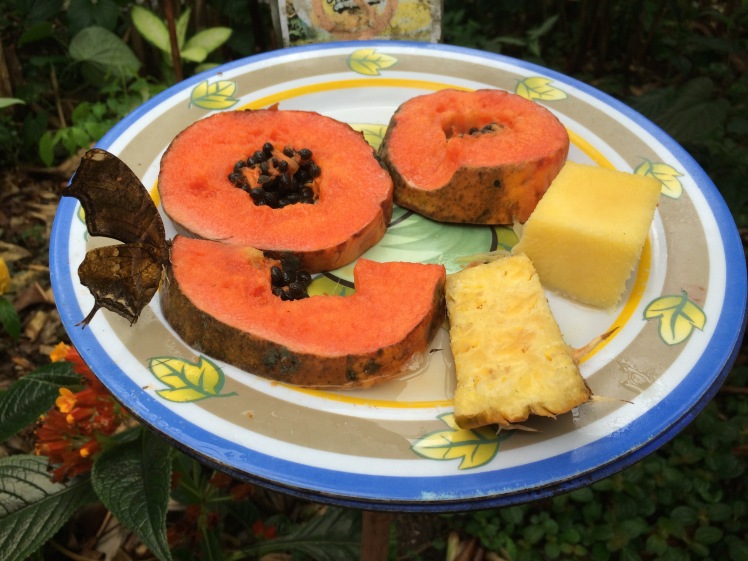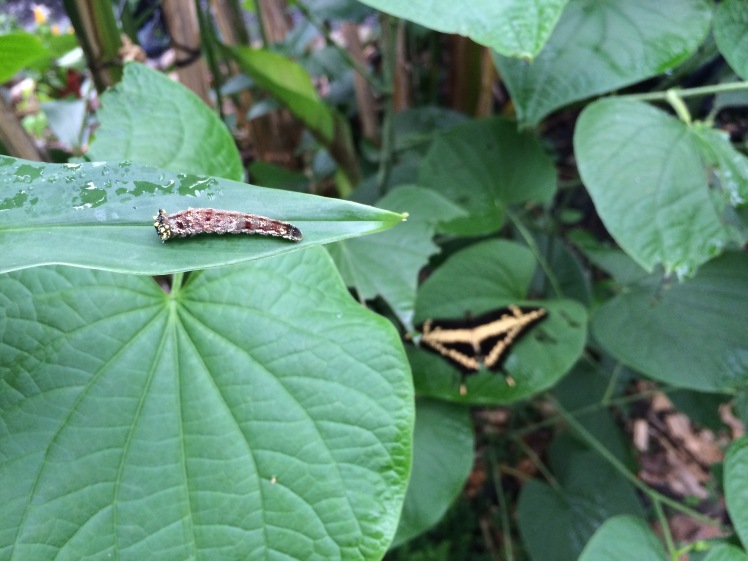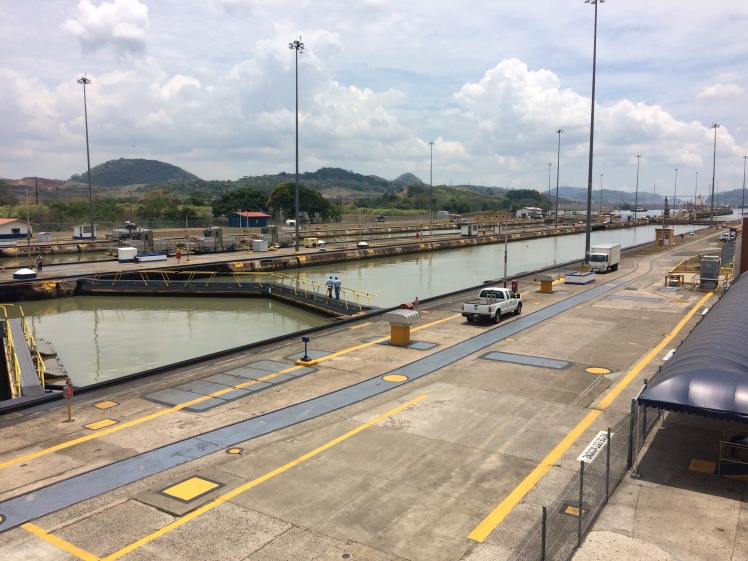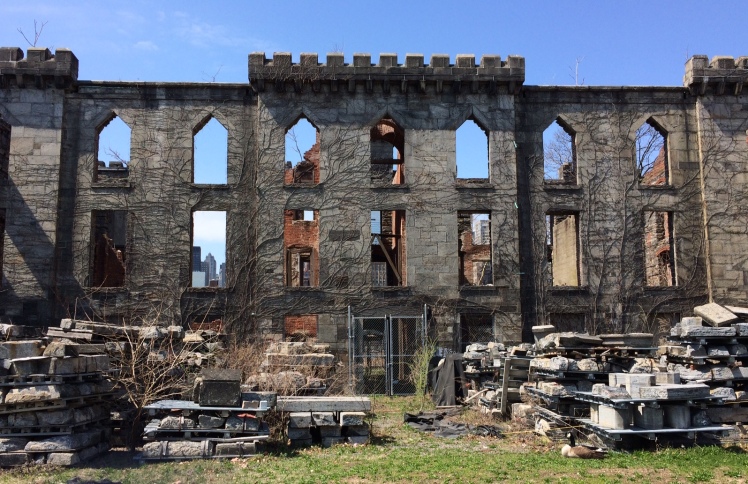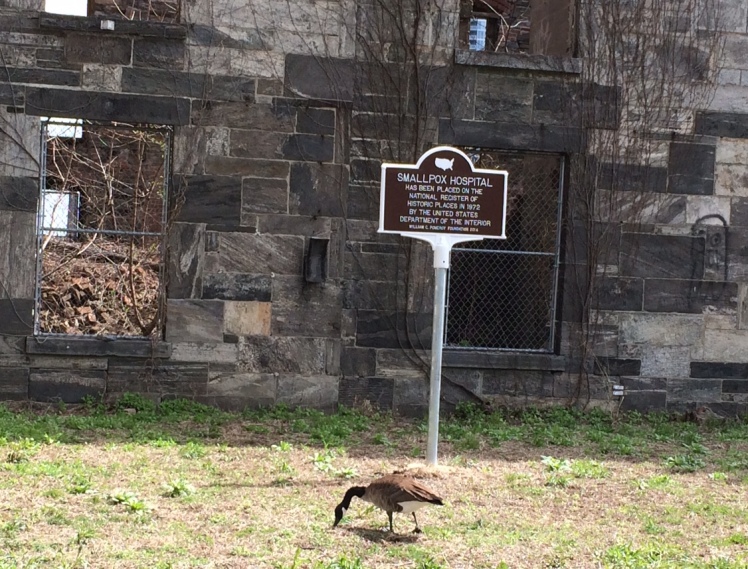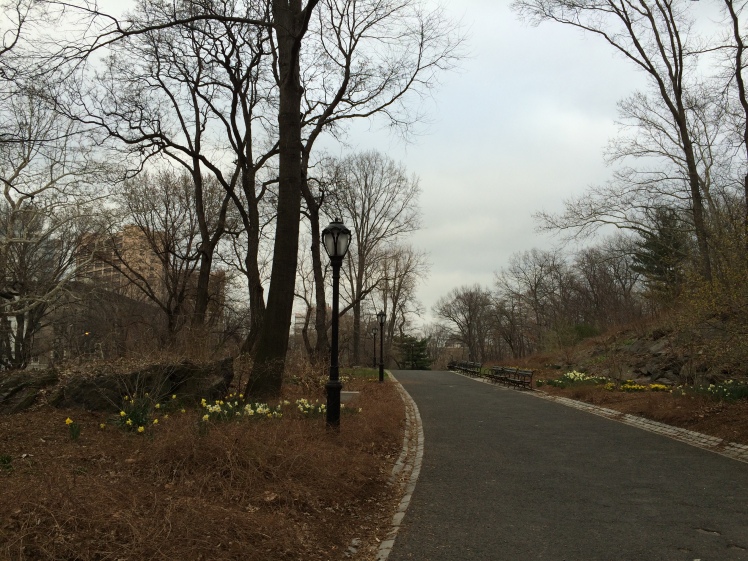Many times I heard, living in the capital city of the Czech country, that Bohemia is the region for beer, whereas Moravia, the other state, was wine country, specifically South Moravia. Time finally came for me to board my chariot, a big, yellow Regio Jet bus, from Prague, setting southward to investigate the substance behind the cliche.
The almost four-hour road journey came to a close in the town of Znojmo. Exploration was thenceforth by foot. The first South Moravian stroll was into the town square of Znojmo, a short distance from the central bus terminal.
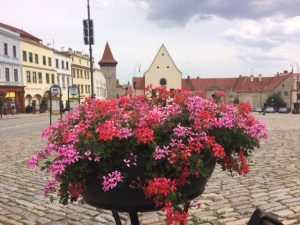
Little jeweler and silversmith businesses surrounded the central square, whereas bowls of botany adorned the open-air space.
Entering the heart of wine country, though, meant trekking through towns, then later through woods until the wooded terrains cleared for fields of cultivation: curling vines, golden wheat, occasional orchards.
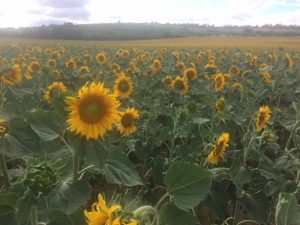
Sunflowers speckled one such swath.
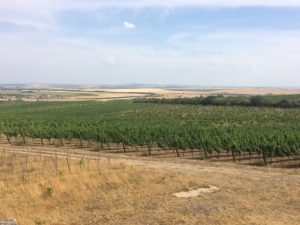
Naturally, it being wine country, stretches of vineyards roll towards rural horizons.
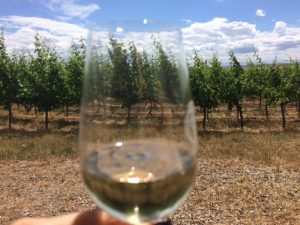
To complement the visual scope of vineyards, their fermented liquid products are sensorially palpable to visitors’ taste receptors. Erratic wooden stands house refrigerators furnished with of white wine for tasting (but it is typically a gamble whether the stands are open upon arrival).
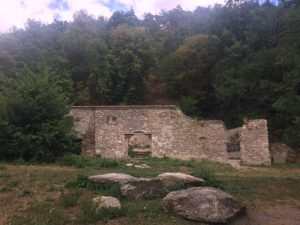
Moving southward through a southern portion of a landlocked country, such as the Czech Republic, is synonymous with nearing the national border. In this case, the closer one treads along the wooded trails towards Austria, the more ruins one comes across; borderlands had been forbidden for settlement during Communism.
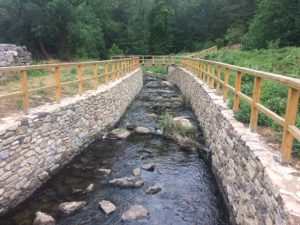
Numerous mills that existed along the river had been abandoned, however, some new walkway and wall had evidently been more recently erected.
Besides the absence of mills, there is no shortage of lasting historical sites throughout the Znojmo area. Public memorials that recount the course of the tumultuous Plague era consist of town square towers begging for its termination to monuments honoring the Virgin Mary because prayers to her are said to have eradicated the horrors. Today’s vineyard keepers may strive against the unpredictability of climatic conditions the oft-unforgiving earth may bestow, while beneath the surface soil, stone wine cellars that keep consistent temperatures steep in generational histories.
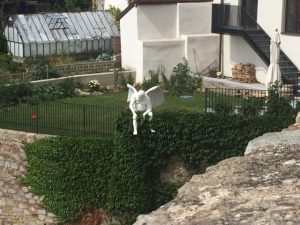
Then there is still room for modern art in functioning residences. One almost expects a namesake saint or local legend to accompany such a noticeable object.
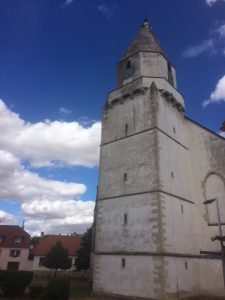
Other outstanding structures that appear to bear uneasy conditions of how much history they withstood, awaiting patiently for some sort of rejuvenation.
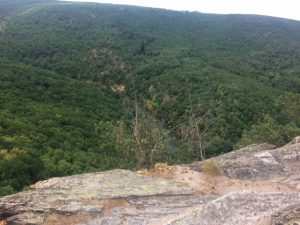
Natural backdrops can remind us of the continuity of the earth despite cycles of cultivation and culture inherent to civilization.
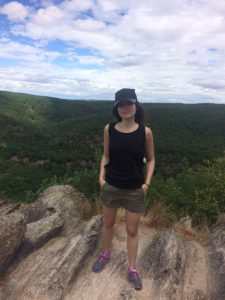
Such natural scenes can also backdrop digitally realized portraiture in which we glorify our achievement of earthly ascent.
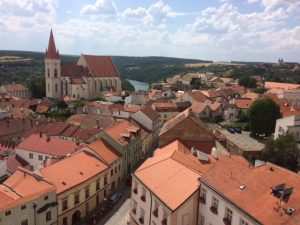
Apropros ascent, it’s also possible for exploratory wanderers to reach the heights of civilization’s structural products. One upward route is to climb 162 steps of Znojmo’s Town Hall Tower into a level where watchmen had watched over its vicinity (until 1924).
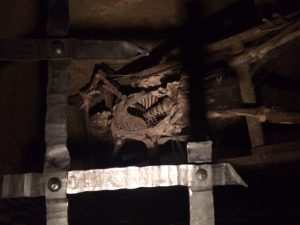
Not all of Znojmo is so lofty. One may plunge into the town’s depths by entering its underground, stooping through thresholds, snaking along labyrinths and peeking into former elevator shafts or air ducts. Although no torture or prison ever existed in this subterranean area, the congenial character of dusky, murky spaces for skeletons seems indisputable.
